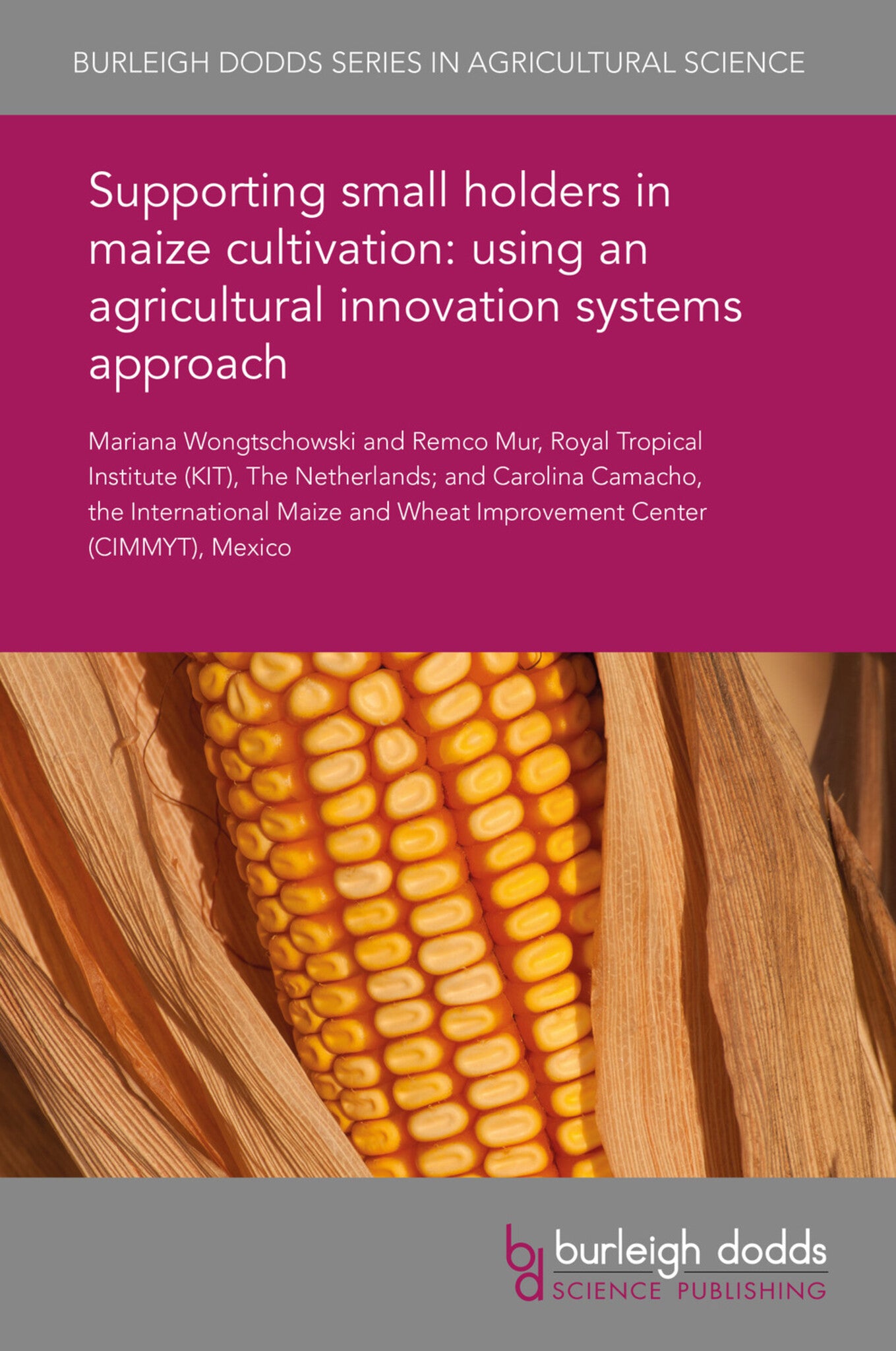We're sorry. An error has occurred
Please cancel or retry.
Supporting smallholders in maize cultivation: using an agricultural innovation systems approach
Regular price
£25.00
Sale price
£25.00
Regular price
£25.00
Unit price
/
per
Sale
Sold out
Re-stocking soon
An innovation system can be defined as a network of organizations, enterprises and individuals focused on bringing new products, new processes and new forms of organization into use, together with ...
Read More

Some error occured while loading the Quick View. Please close the Quick View and try reloading the page.
Couldn't load pickup availability
- Format:
-
30 September 2016

An innovation system can be defined as a network of organizations, enterprises and individuals focused on bringing new products, new processes and new forms of organization into use, together with the institutions and policies that affect their behaviour and performance. In this chapter, we present an agricultural innovation systems (AIS) approach to understanding the role of research in agricultural innovation, with a focus on the case of research into sustainable maize intensification. We consider three important stages of an innovation process: the identification of problems and targeting of interventions, local experimentation and bringing new ideas into routine use. We discuss the role of research at each stage, and then argue that an AIS approach mandates increased focus on the personal, organizational and institutional capacities of researchers and research bodies.

Price: £25.00
Publisher: Burleigh Dodds Science Publishing
Imprint: Burleigh Dodds Science Publishing
Series: Burleigh Dodds Series in Agricultural Science
Publication Date:
30 September 2016
ISBN: 9781838791131
Format: eBook
BISACs:
TECHNOLOGY & ENGINEERING / Agriculture / Sustainable Agriculture, Agronomy and crop production, TECHNOLOGY & ENGINEERING / Agriculture / Agronomy / Crop Science, Sustainable agriculture, Organic farming, Smallholdings

1 Introduction: agricultural innovation systems 2 Entry points for change 3 Local experimentation 4 From new innovation to routine practice 5 Roles and capacities required from agricultural research 6 Final remarks 7 Where to look for further information 8 References



